BILL NEBEKER
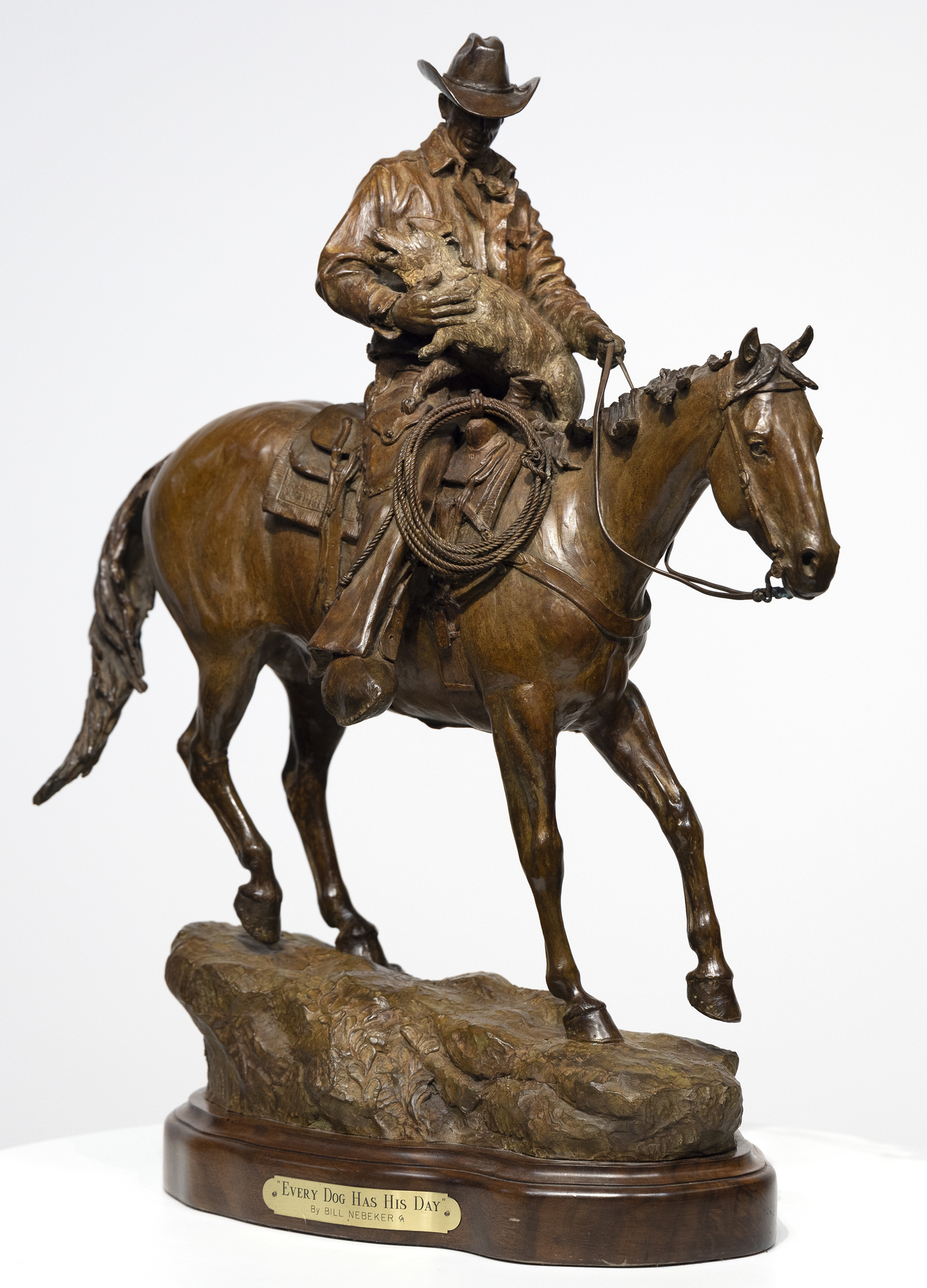
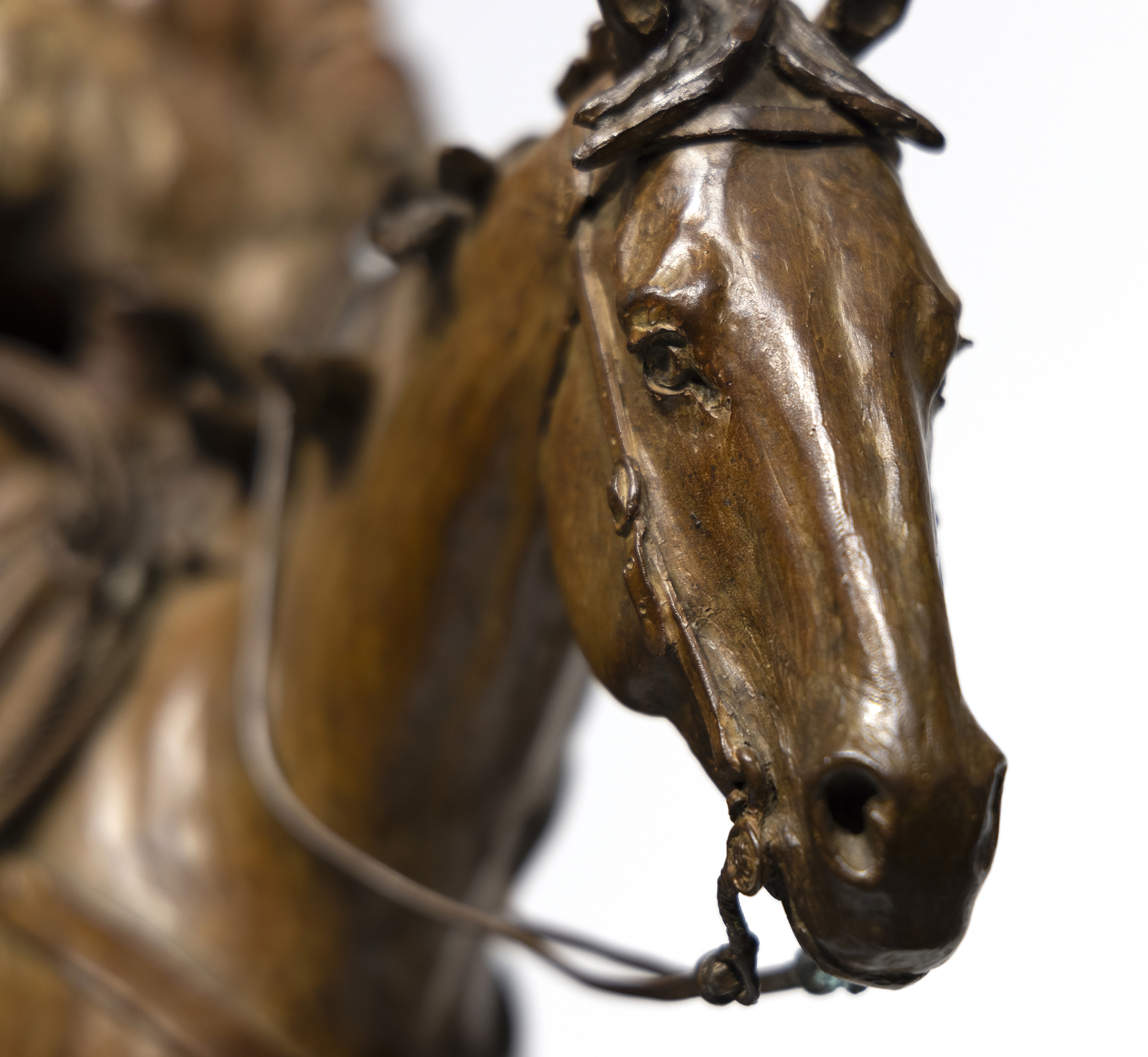
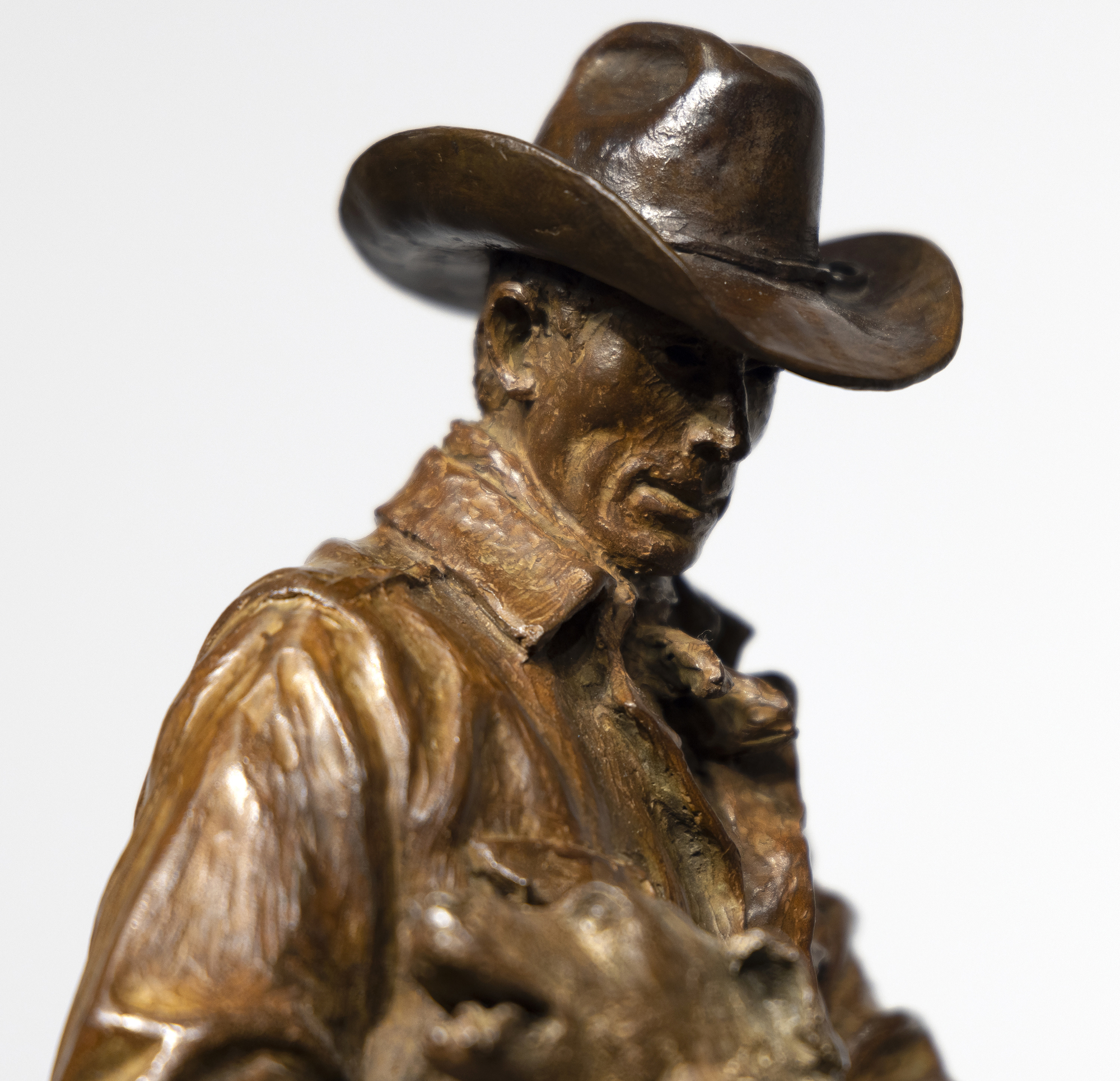
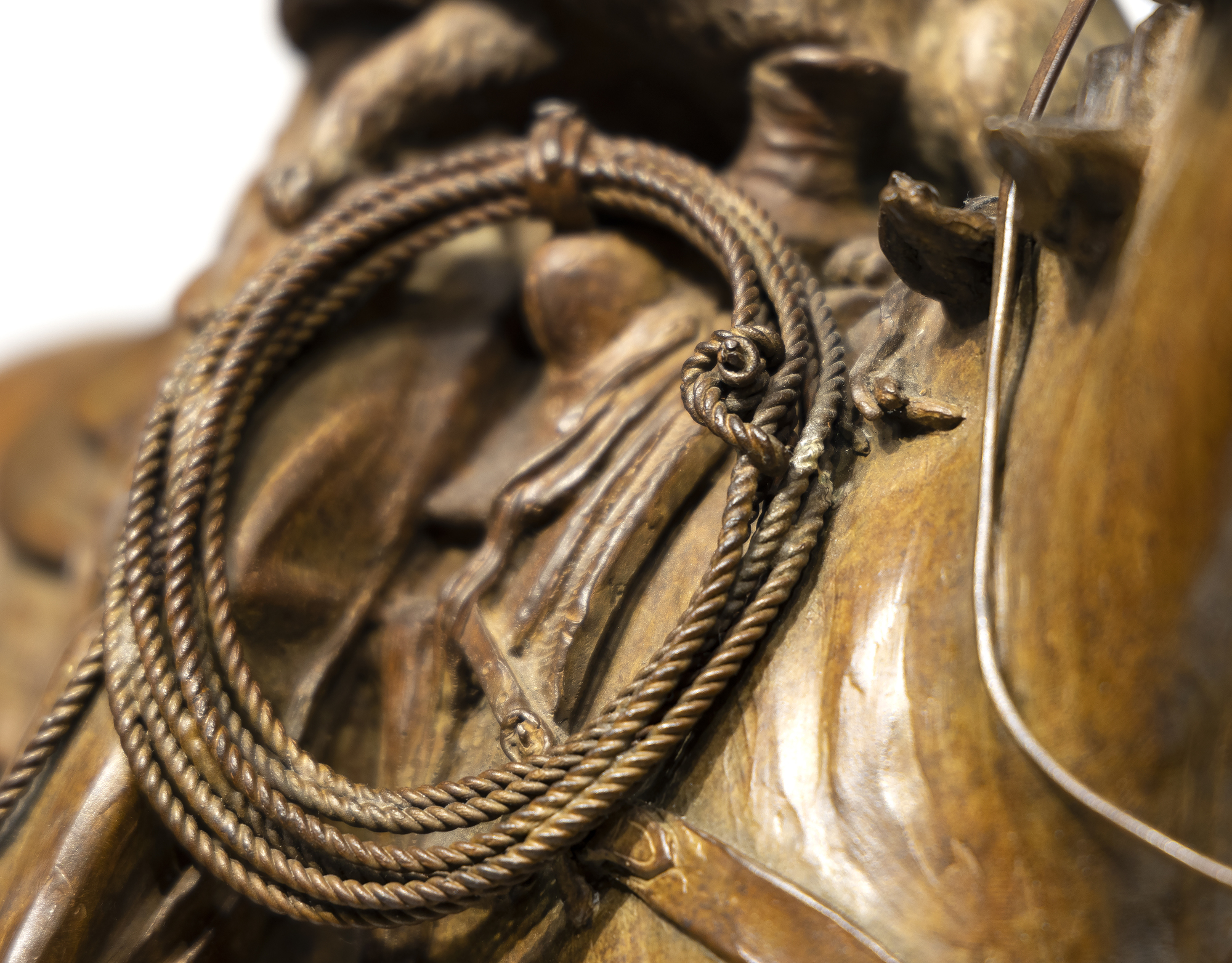
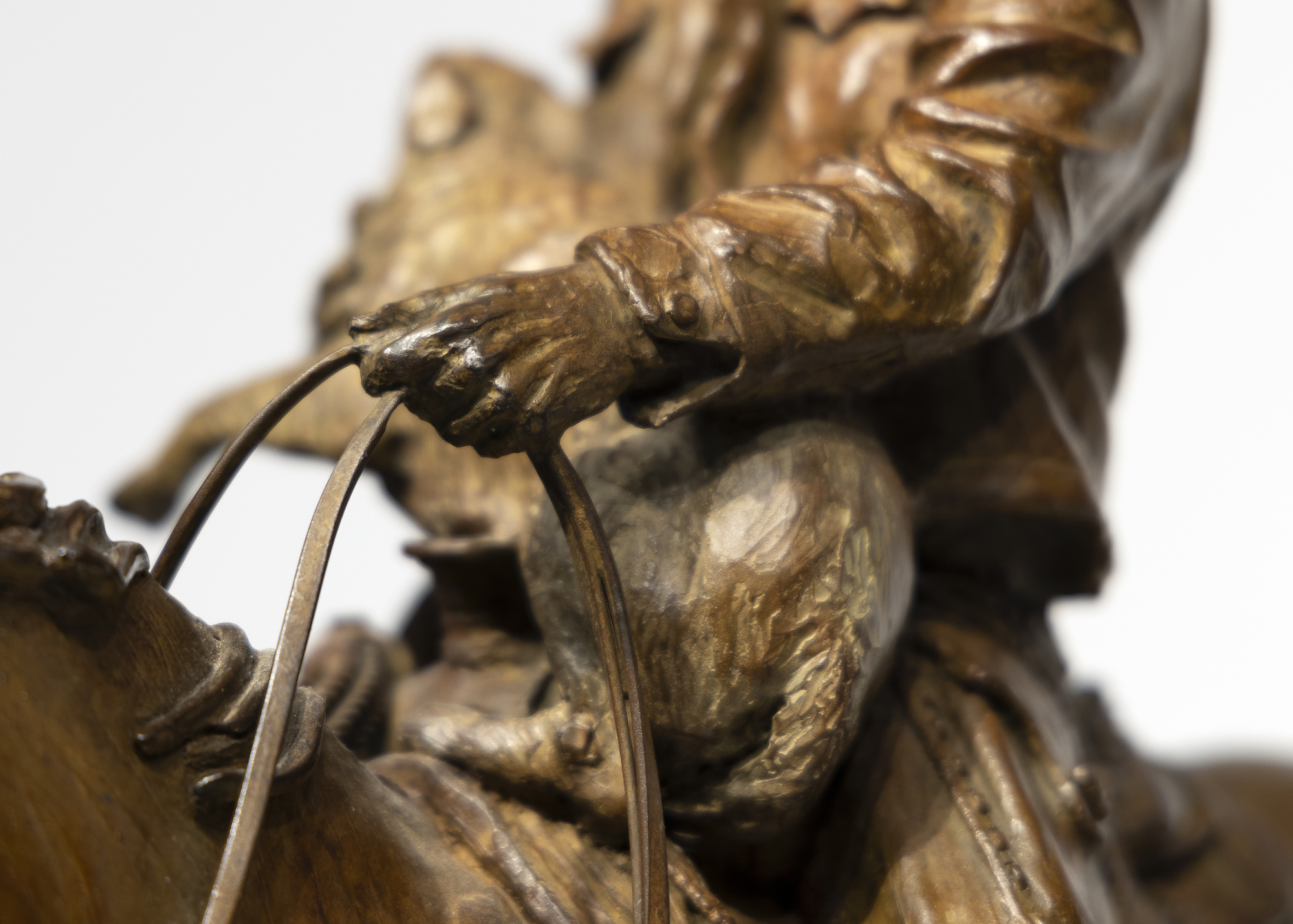
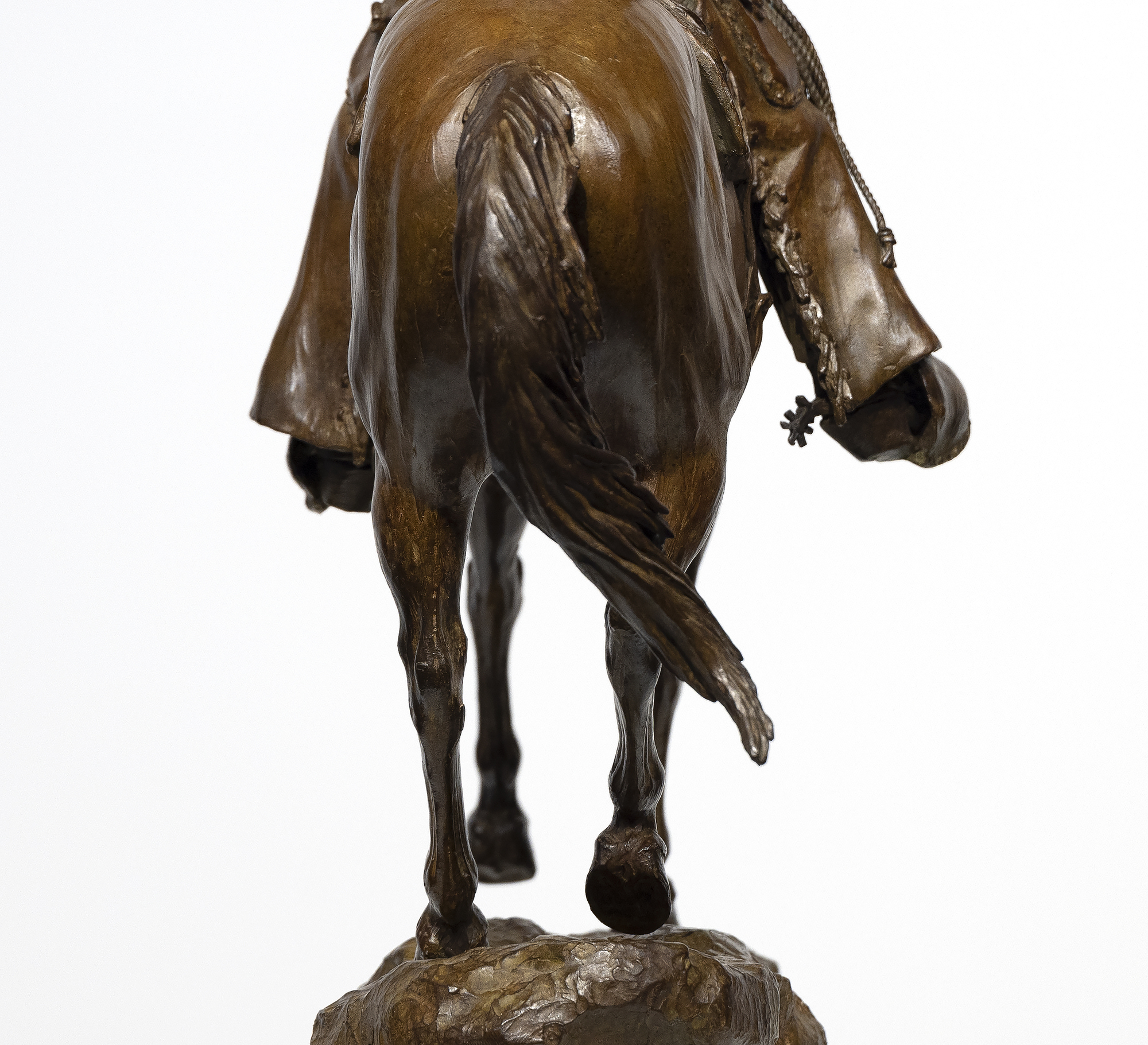
Provenance
Private CollectionNebecker's sculptures are well-researched and impress as authentic depictions of the historical American West in the tradition of Charles Russel and Frederick Remington. As Nebecker quickly reminds us, 'Western art is honest and realistic. Western art is portraying a way of life that people take seriously. If you don't portray it correctly, it irritates those who do know what was real.' Nebecker's sculptures sell on both the primary and secondary markets.


